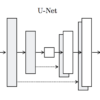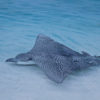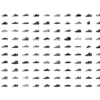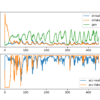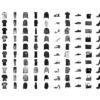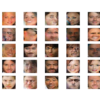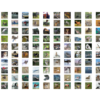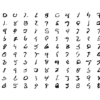The Pix2Pix GAN is a generator model for performing image-to-image translation trained on paired examples. For example, the model can be used to translate images of daytime to nighttime, or from sketches of products like shoes to photographs of products. The benefit of the Pix2Pix model is that compared to other GANs for conditional image […]
